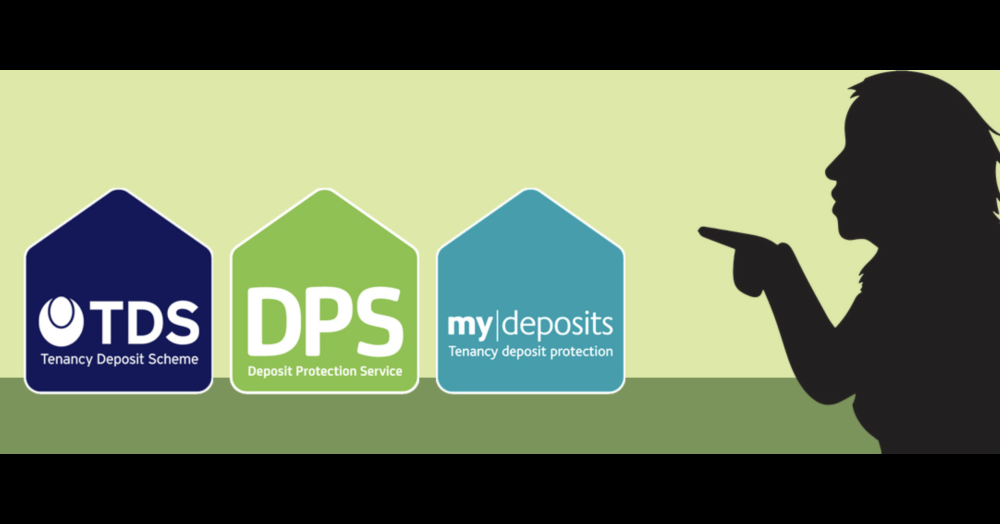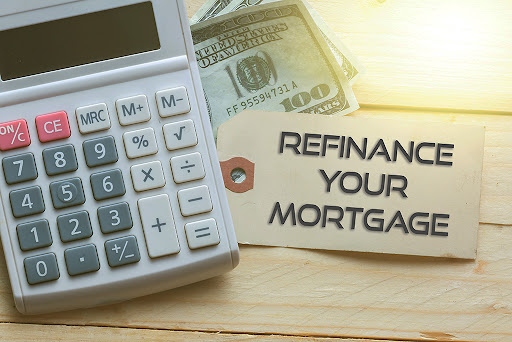Secure loans represent one of the most common types of loan agreements currently available on the market. Differentiated from unsecured loans by the use of collateral, typically a house or other property, secure loans provide low interest rates and motivation for the borrower to make repayments in a consistent way. In terms of their philosophy, secure loans reflect a different kind of risk from unsecured loans, but with the additional danger of repossession and defaulting falling onto the borrower. As a philosophy, then, secure loans are risk averse, but should still be entered into with some caution.
Differences
Secure loans are principally defined by their use of an asset to offset the amount of the loan being paid out by a lender. In order to gain some level of security, lenders stipulate that a property or other asset that has value, is put forward by the borrower as an assurance that they will be able to pay back a loan. A mortgage deal typically works, in this way, as a secure loan because a property acts as a consistent source of equity for both parties. This security makes a secure loan distinct from unsecured loans, which can be taken out by borrowers that able to make repayments with interest. These interest rates can be significantly higher than those charged on a secure loan.
Philosophy
In terms of their economy, a secure loan is less risky for a bank or other lending agency. The use of collateral means that even if the borrower defaults on their repayments of the loan, the lender can claim back value through an asset. This approach is intended to encourage a philosophy of careful lending, with the motivation for making a repayment coming from the threat of losing that asset. In this way, mortgage loans are typically more conservative in terms of their contract lengths and assurances of fixed rate monthly payments than their unsecured equivalents.
At the same time, secure loans are shaped, in part, by their relationship to interest rates. These rates are set against the cost of inflation, whereby a Government will try to increase spending by lowering the rate by which lenders can typically charge interest. In the case of mortgages, a secure loan can be set at a tracker rate against this base rate, which means that payments can rise and fall depending on broader trends for inflation. Again, secure loans are able to hand in hand with fiscal conservatism and a growth economy.
Caution
Any borrower or lender involved with a secure loan should still, however, be aware of some of the risks involved. The primary risk for borrowers is that they stand to lose their collateral in the event of not being able to make repayments. This can be particularly disastrous if that collateral is a home. Any kind of loan, whether unsecured or secure, is also going to represent a long term financial challenge that should be carefully considered before being entered into. While secure loans offer assurances and ways to dispute claims, the security offered might be too much of a gamble.



